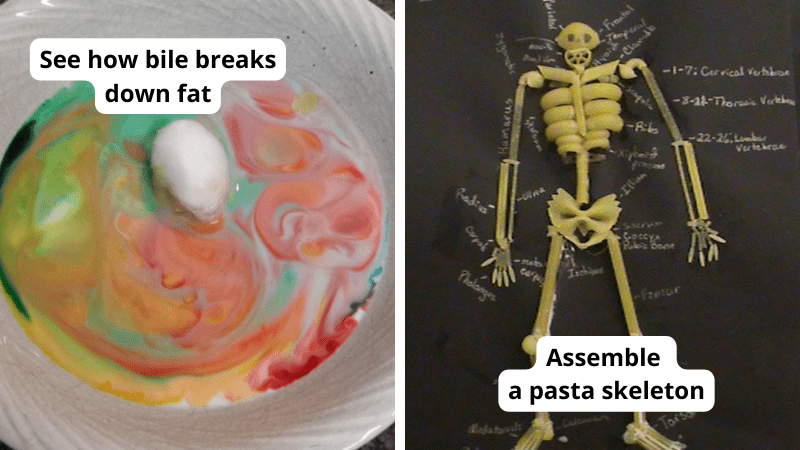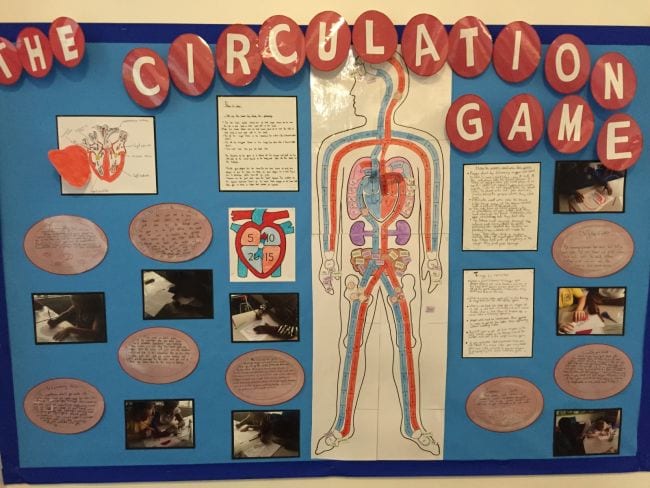Help kids explore how the human body works with these fun and free anatomy activities. They’re terrific for hands-on learning at home or in the classroom, and can be differentiated for a wide variety of grades and skill levels. It’s time to learn about heads, shoulders, knees, and toes … and everything in between!
1. Lay out a life-sized anatomy model

Make an outline of each child’s body from paper (or felt, for a reusable version). Then add the various bones, muscles, organs, and more as you learn about them. Kids love these anatomy activities!
Learn more: Fun at Home With Kids
2. Read books about the human body
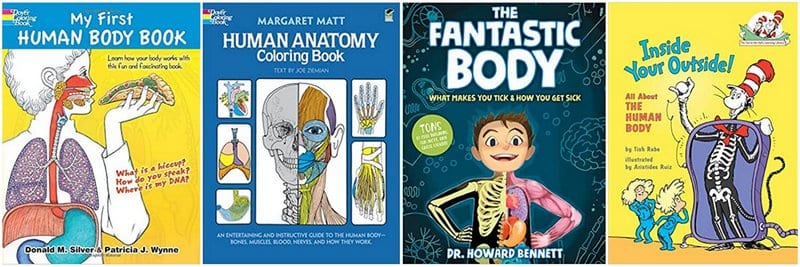
Try a fun read-aloud or pull pages from a coloring book for kids to explore. Here are some of our favorite anatomy activities and human body books.
- My First Human Body Book (Wynne/Silver)
- Human Anatomy Coloring Book (Matt/Ziemian)
- The Fantastic Body (Bennett)
- Inside Your Outside! (Rabe/Ruiz)
3. Sculpt Play-Doh bodies
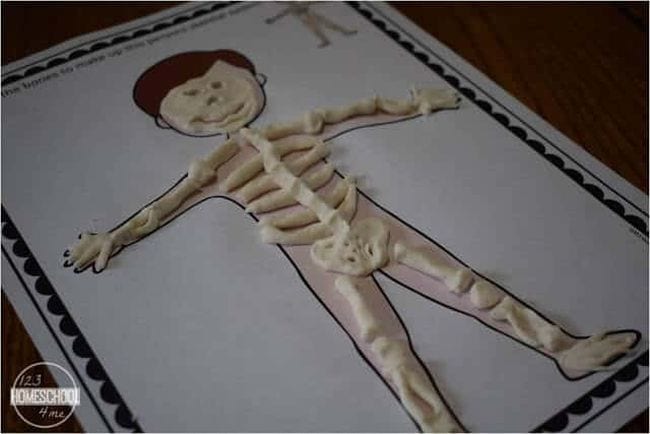
Grab the free printable mats at the link, then have kids make bones, muscle groups, organs, and other body parts using Play-Doh.
Learn more: 123 Homeschool 4 Me
4. Assemble a pasta skeleton
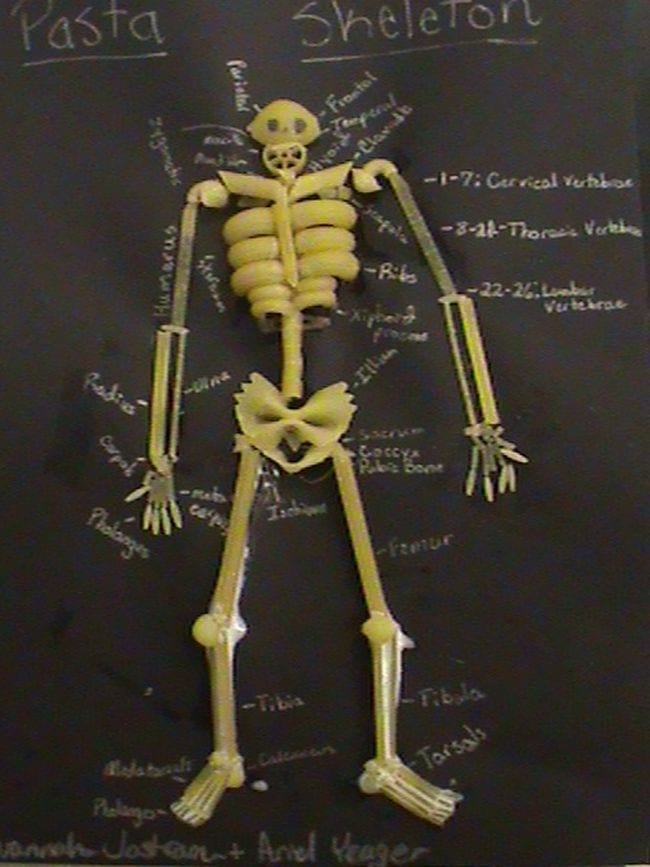
How cool is this! Gather up a variety of pasta from macaroni to orzo and use them to create a pasta skeleton. It’s amazing how real it looks!
Learn more: Ms. Palmer’s Classroom
5. Learn the names of the bones
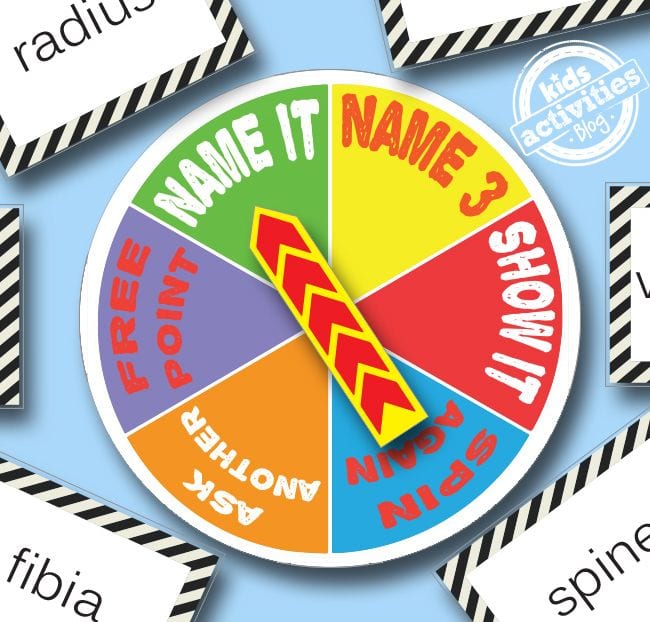
This free printable game challenges kids to name and point out the major bones of the body. This is one of the great anatomy activities for active learners.
Learn more: Kids Activities Blog
6. String an edible spinal column
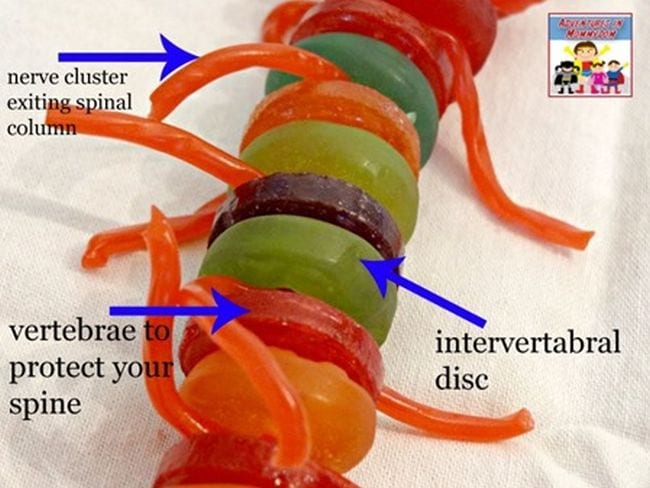
This anatomy project gives kids a model spinal cord and a sweet treat all in one! Use hard and gummy Life Savers to represent vertebrae and discs … so clever!
Learn more: Adventures in Mommydom
7. Move model muscles
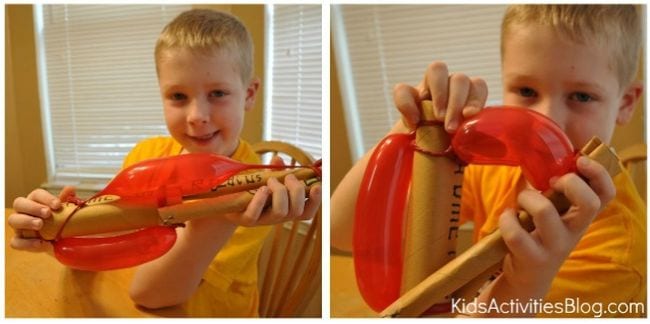
With cardboard tubes for bones and balloons for muscles, this DIY model shows kids how the two work together to allow your body to move.
Learn more: Kids Activities Blog
8. Add Play-Doh muscles to toy skeletons

Snag some toy skeletons from the dollar store around Halloween. Then use Play-Doh to add and learn the major muscle groups.
Learn more: Teach Every Day
9. Construct a model hand

This is one of the perennial favorite anatomy activities. Use string, drinking straws, and cardboard to create a working model of the hand. Learn how it’s done at the link.
Learn more: A Class of One
10. Mix up a blood model
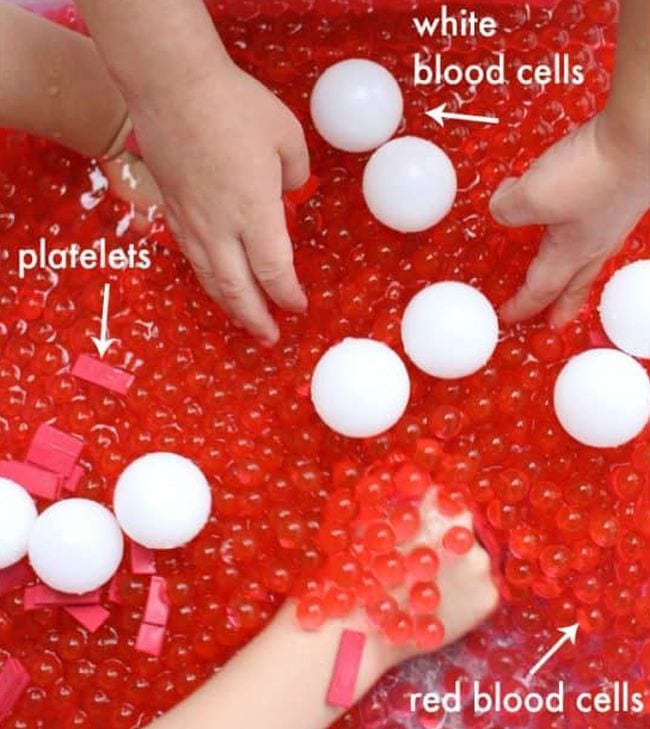
There’s a lot more to blood than meets the eye! Use water beads, Ping-Pong balls, and foam strips to represent the various blood components in this easy activity.
Learn more: I Can Teach My Child
11. Play the Circulation Game
The circulatory system moves blood around the body, supplying oxygen and other nutrients to each body part. Play this life-sized free printable game to learn how it works.
Learn more: Ellen McHenry’s Basement Workshop
12. Discover cell osmosis with eggs
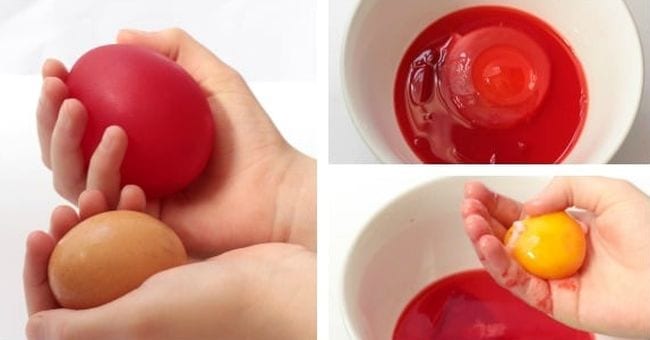
This demo uses the classic “naked egg” experiment to demonstrate how blood cells use osmosis to absorb oxygen and nutrients. It never fails to impress!
Learn more: STEAMsational
13. Listen to your heart with a DIY stethoscope
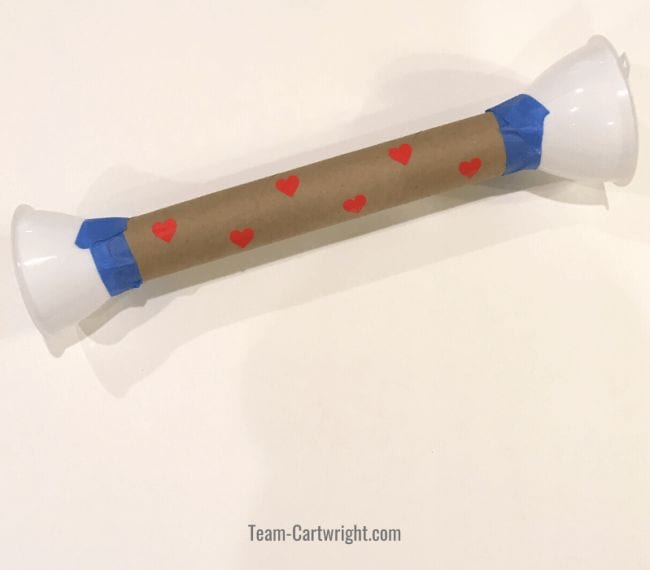
Make your own stethoscope from a cardboard tube and plastic cups. This version is surprisingly similar to the early tools used by doctors in the 19th century.
Learn more: Team Cartwright
14. Pump a working heart model

Learn how the heart pumps blood to understand why this organ is the most vital one of all. This project takes only a few simple supplies and is fascinating in action.
Learn more: STEAM Powered Family
15. Construct model lungs

We know that when we breathe, our lungs fill with air. But how exactly does it get there? This clever model demonstrates the importance of the diaphragm. It also includes a meaningful lesson on the dangers of smoking.
Learn more: Surviving a Teacher’s Salary
16. Wear a digestive system shirt

Make it easy for kids to imagine what’s going on inside with a fun DIY T-shirt! Create an iron-on, or have kids trace or draw the organs with puffy fabric paint.
Learn more: Molly Cribbin/Pinterest
17. Use lemon juice to simulate stomach acid

Our stomach breaks down the food we eat, but how? The acids in lemon juice or vinegar demonstrate the digestive process in action.
Learn more: Classroom Confetti
18. See how bile breaks down fat

The liver produces bile, which helps to break down the fats we consume. This quick experiment uses dish soap and milk to show how the process works.
Learn more: Simple Southern
19. Find out how long small intestines really are

Did you know the small intestine is about 22 feet long? Really! Measure out that length using a garden hose to see just what that distance actually looks like.
Learn more: Edventures With Kids
20. Make a model of the kidneys and bladder
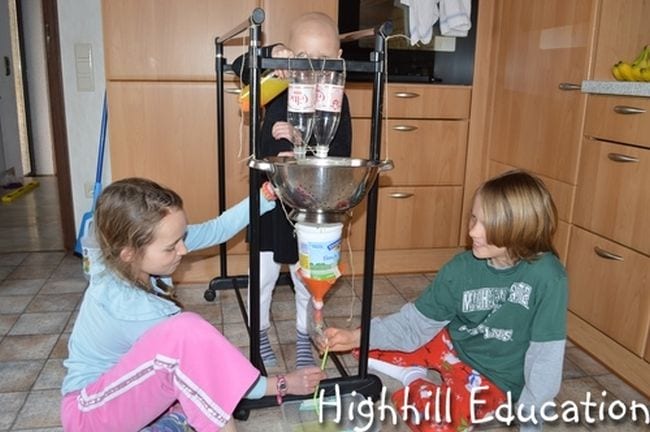
See the urinary tract in action with this model. It takes a little time to set up but gives kids a chance to see how the kidneys, bladder, and other renal system parts perform.
Learn more: Highhill Education
21. Don a brain hat

It’s endlessly fascinating to learn about the different parts of the brain and what they control. That’s why kids will love these free printable brain hats! They give a whole new meaning to “Put on your thinking caps.”
Learn more: Ellen McHenry’s Basement Workshop
22. Protect egg “brains” with fluid
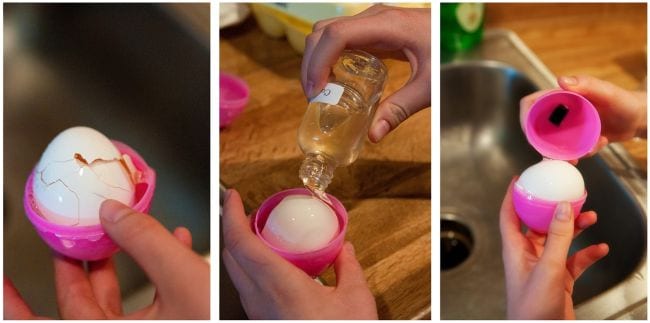
It’s a strange thought, but our brains move around inside the skull. What protects them from banging up against the skull and being damaged? That’s where the cerebrospinal fluid comes in. Try this quick anatomy demo to see why it helps.
Learn more: Life With My Giggly Girls
23. Mold a Play-Doh brain cell

Not surprisingly, brain and nervous system cells are complicated. Make a model from Play-Doh to see all the different parts, and learn how they communicate with each other through electric impulses.
Learn more: Adventures in Mommydom
24. Use a balloon to make a model eye

The eye is another incredibly complex part of our anatomy, but you can make a realistic model from simple supplies like a balloon and vegetable oil.
Learn more: Life With Moore Learning
25. Explore the anatomy of the ear
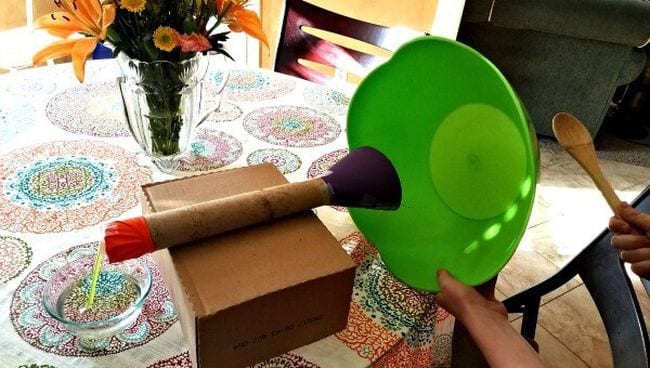
This may not look exactly like an ear, but it’s a great way to understand how the eardrum gathers sounds and sends them on to the brain.
Learn more: 123 Homeschool 4 Me
26. Put together candy DNA models
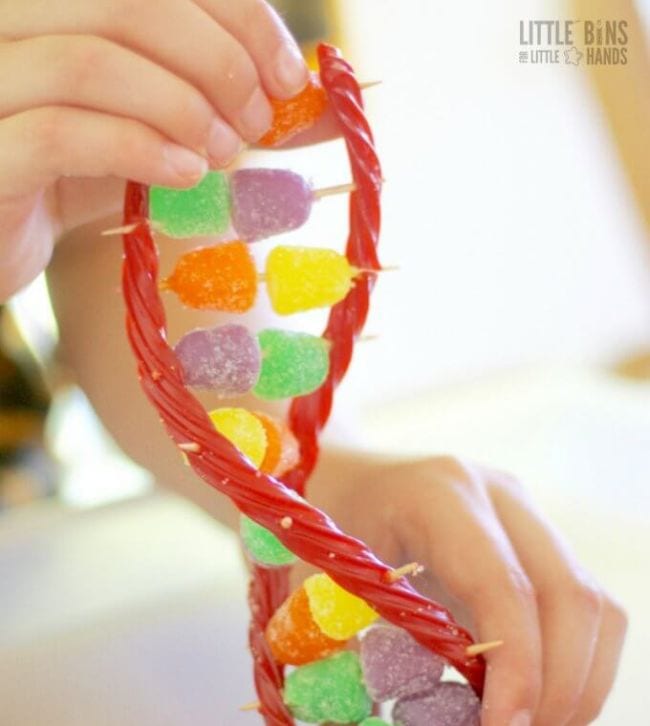
DNA is the building block of life, and it’s found in every part of our anatomy. Make a model from licorice and gumdrops to learn more about this crucial material.
Learn more: Little Bins for Little Hands
27. Play the Circulatory System Game

This free printable PDF game from Ellen McHenry is one of the most popular circulatory system activities around. Create a life-sized body model, and spin your way around the system!
Learn more: The Fantastic Five
28. Watch a Bill Nye blood-and-circulation video
What better way to engage your kids than by turning on Bill Nye the Science Guy?! This video is very efficient in explaining the heart, delivered by a character students will recognize and love.
29. Make blood slime
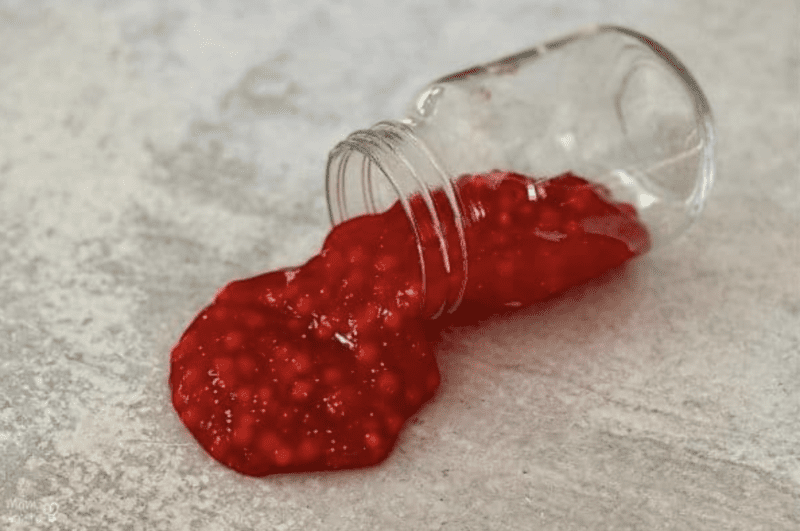
Using different-colored beads representing red and white blood cells, glitter to represent platelets, and some red coloring to give your slime a spooky and realistic effect, this hands-on activity will educate your students on the components of blood.
Learn more: Mombrite
30. Simulating digestion experiment
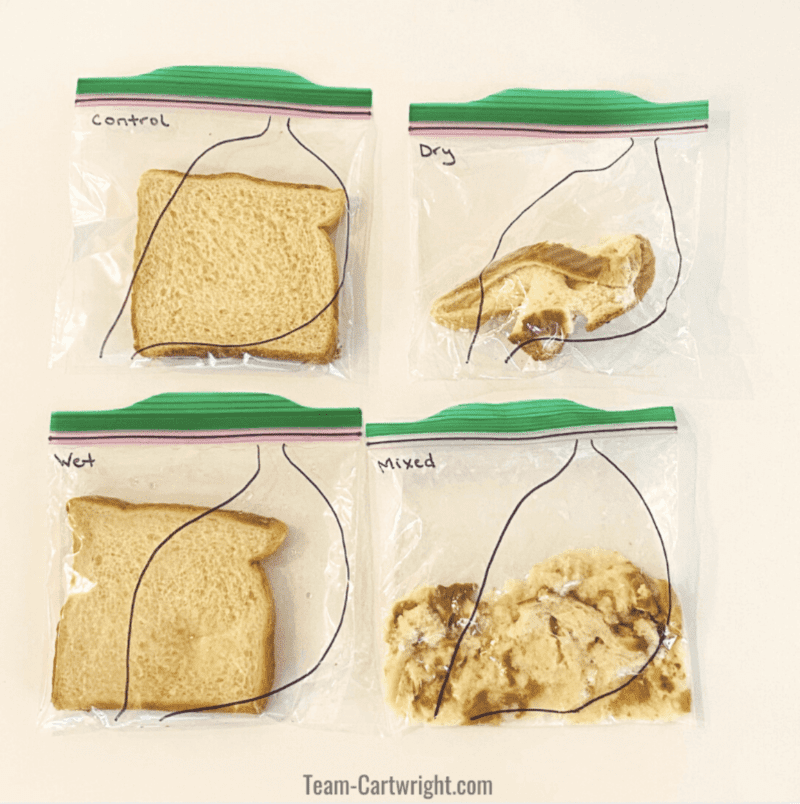
This experiment is incredibly easy to prepare, as all you need are four baggies, four slices of bread, and water. In each bag, run a different trial, explained in detail on Team-cartwright.com. Your students will love the visual explanation of how food gets broken down, using materials they will understand.
Learn more: Team Cartwright
31. Make a Play-Doh heart model
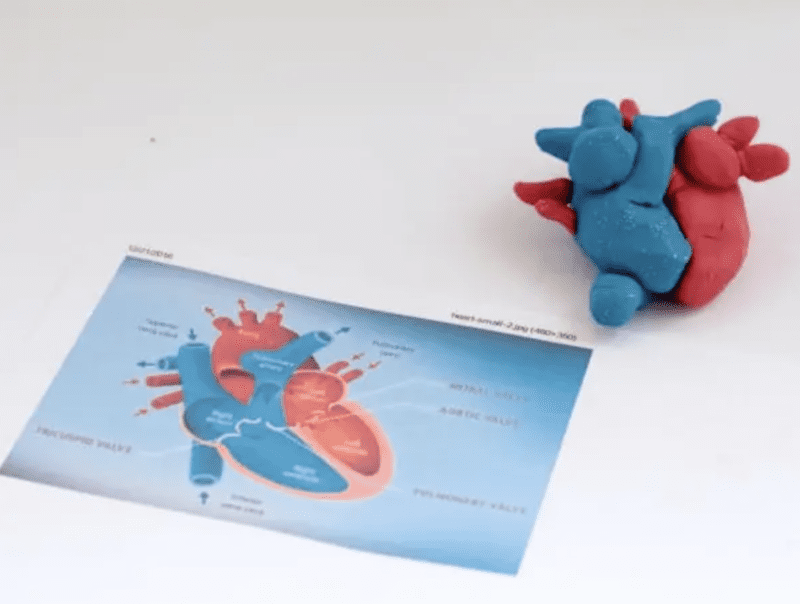
Using blue and red Play-Doh, have your students construct an accurate model of the heart. Having a physical model in front of your students, along with a sheet explaining each part and function, will help your visual learners more fully comprehend the intricacies of the heart.
Build on your anatomy lessons with 20 Free and Fun Five Senses Activities.
Plus, 20 of the Best Science Bulletin Boards and Classroom Decor Ideas.

